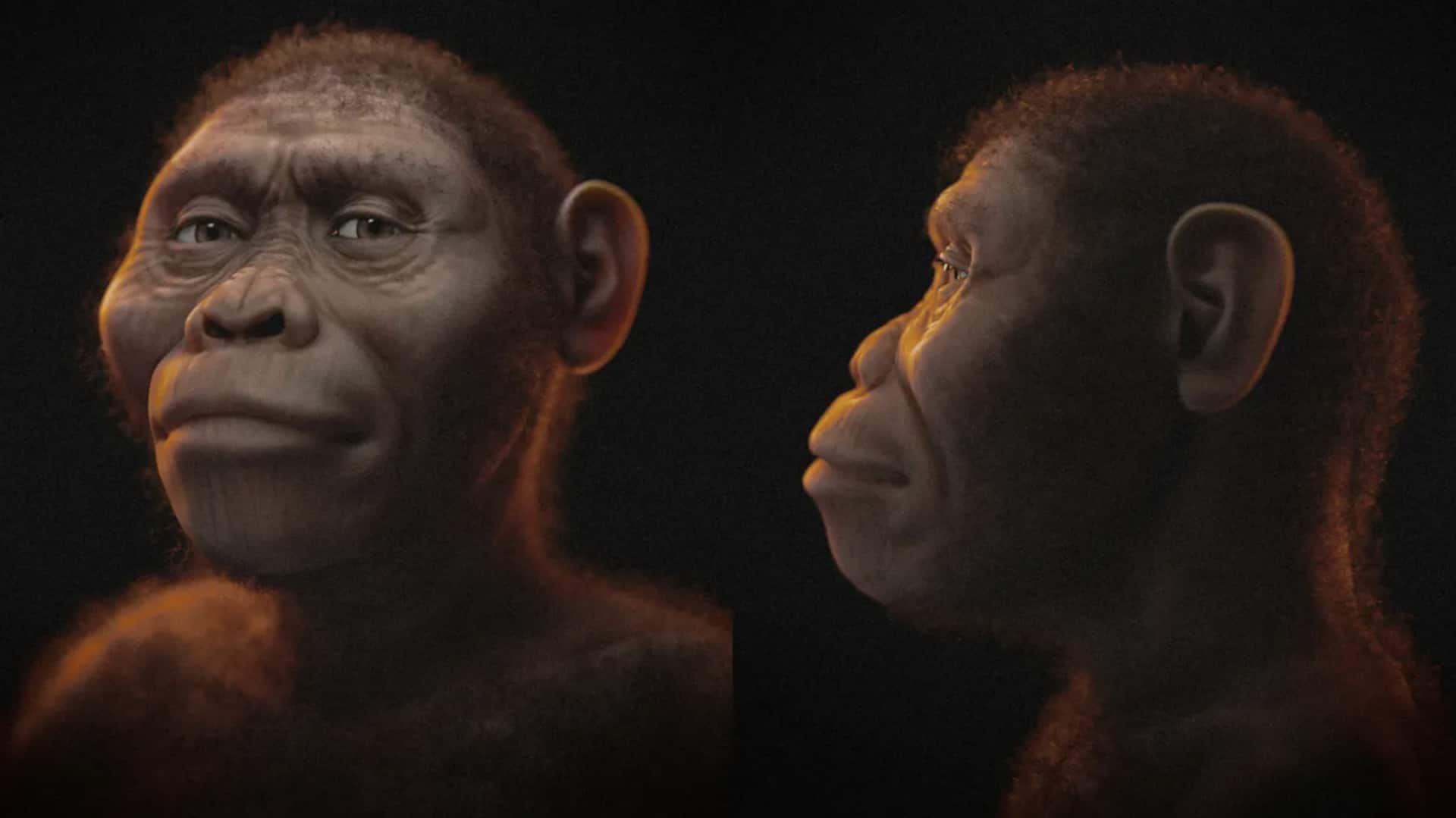
Three million years ago, human ancestors looked like this
What's the story
In a major breakthrough, a team of international scientists has reconstructed the face of Lucy, humanity's most famous primate ancestor.
The work, which was done through forensic facial reconstruction, involved 3D scans of her skull and soft tissue data from chimpanzees.
The result gives a visual link to human evolution and an unprecedented glimpse of what one of our earliest ancestors looked like over three million years ago.
Discovery
Who was Lucy?
Lucy was a small, upright-walking hominin from the species Australopithecus afarensis, who lived around 3.2 million years ago.
Her fossilized skeleton, discovered in Ethiopia in 1975, measured just 1.05m.
Identified as female from her pelvic structure, Lucy was named after the Beatles song Lucy in the Sky with Diamonds.
Her remarkably complete remains proved that early human ancestors walked on two legs well before evolving larger brains, challenging older assumptions about human evolution.
Reconstruction
The face of Lucy reconstructed
Cicero Moraes, a pioneer in forensic facial reconstruction software, said "seeing Lucy's face is like glimpsing at a bridge to the distant past." He added "the reconstruction allows us to imagine what she might have looked like 3.2 million years ago."
The reconstructed face is an interesting blend of human and ape features. It was flatter than chimpanzees, with a smaller brow ridge and a jaw that doesn't fully match either modern humans or apes.
Adaptation
Lucy's appearance and lifestyle
The reconstructed face indicates Lucy had dark skin and hair, based on paleoanthropological descriptions of adapting to the hot Ethiopian environment of her time.
Although her brain size was similar to a chimpanzee's (391 cubic centimeters), she was already walking on two legs.
Her upper body was adapted to climb trees while her legs and pelvis were structured for upright walking, suggesting she lived in both worlds: part tree-dweller, part bipedal walker.
Exhibition
Lucy's life and legacy
Lucy probably died between the ages of 12 and 18, perhaps after falling from a tree.
Her remains will be displayed in Europe for the first time this summer at Prague's National Museum in August.
The reconstructed face not only deepens the public's understanding of our ancestors but also stands as a "reflection of technological progress that makes an extinct being tangible," said Moraes.